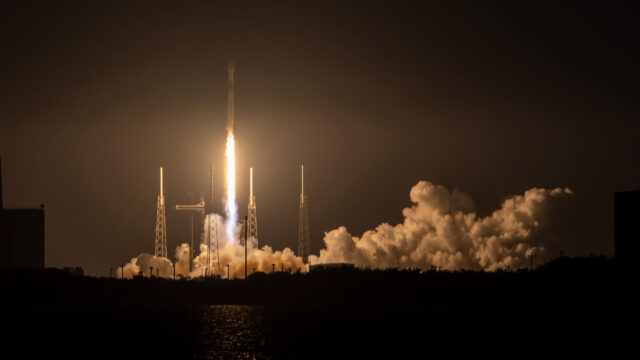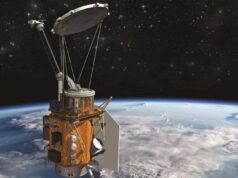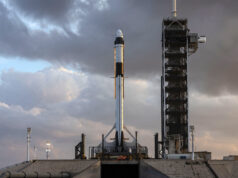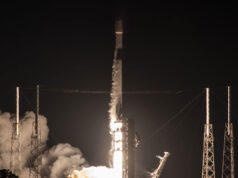
In a significant move for its satellite internet ambitions, SpaceX successfully launched 23 Starlink satellites into low Earth orbit on May 20, 2025, using a brand-new Falcon 9 booster. The mission, designated Starlink 12-15, lifted off at 11:19 p.m. EDT from Cape Canaveral Space Force Station in Florida. This launch marked the debut flight for the Falcon 9 first-stage booster, a notable event for a company renowned for reusing its rockets multiple times.
A Fresh Start After a Scrubbed Attempt
The mission was initially scheduled for May 19 but was aborted just before liftoff due to an unspecified issue. Engineers resolved the problem within 24 hours, allowing the launch to proceed the following night.
Precision Landing on the Drone Ship
Approximately eight minutes after liftoff, the Falcon 9’s first stage executed a controlled landing on the drone ship “Just Read the Instructions,” stationed in the Atlantic Ocean. This successful landing adds to SpaceX’s record of booster recoveries, underscoring the company’s commitment to reusability.
Enhancing the Starlink Constellation
The 23 satellites deployed are part of SpaceX’s ongoing effort to expand its Starlink broadband network, aiming to provide global internet coverage. The satellites were released into their designated orbit approximately 65 minutes after launch.
Strategic Use of New Hardware
Introducing a new booster into the fleet allows SpaceX to maintain a high launch cadence while managing the wear and tear on its existing hardware. This approach ensures the reliability of missions and supports the company’s ambitious launch schedule.
As SpaceX continues to deploy more satellites and introduce new hardware, the company remains at the forefront of commercial spaceflight, pushing the boundaries of what’s possible in rocket reusability and satellite internet service.










